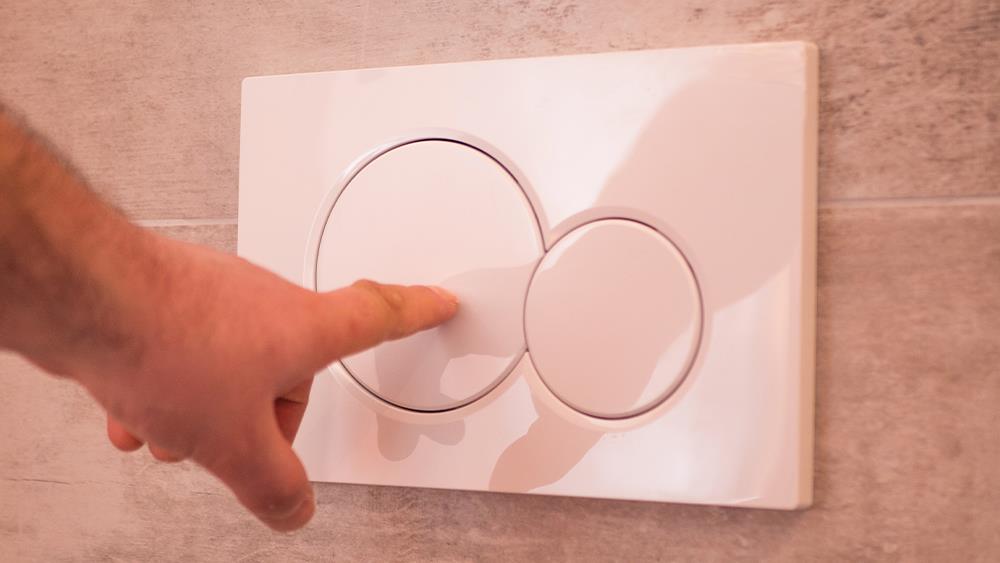

Rumours about a complete ban on dual flush systems, as reported in the UK media earlier this year, have fortunately been debunked. Nevertheless, it remains crucial for plumbers to guarantee that the designs they suggest to clients not only prioritise water efficiency but also offer user-friendly features.
Dual flush systems, which incorporate two buttons for users to choose between a shorter or longer flush based on their requirements, can conserve approximately two litres of water per use. Unfortunately, these systems have not always lived up to their intended efficiency due to perplexing designs and insufficient labelling. Studies show that users frequently press the incorrect button, inadvertently leading to water wastage.
In 2019, WRAS (Water Regulations Approval Scheme), an independent certification body in the UK, conducted a survey to identify which dual flush toilet designs were the most and least confusing. The survey revealed that many commonly used designs caused significant confusion, with up to 81% of respondents consistently pressing the wrong flush button.
The Department for Environment, Food & Rural Affairs (DEFRA) has confirmed its commitment to updating WC specifications later this year. As part of its broader water roadmap, DEFRA is also considering revisions to water fittings regulations.
These potential changes may include clearer labelling and controls for dual flush buttons. WRAS stands firmly behind these initiatives. Presently, regulations mandate that dual flush mechanisms must be easily distinguishable and have instructions marked on the cistern or in close proximity.
WRAS has long advocated for enhanced guidance on dual flush designs, which would assist manufacturers in creating options that are easier for users to differentiate.
Installers can ensure their customers are getting the most compliant products by looking for these features:
Further actions
Installers should assess whether the product they are installing aligns with the regulatory requirements and should request evidence from their supplier to confirm this. The significance of WRAS approval becomes most apparent at the installation stage.
When an installer is provided with a WRAS approval number, they can cross-check the current approval status on the WRAS website, ensuring that the product has been rigorously tested and independently certified for compliance with the Water Fittings Regulations by an accredited certification body.
Many dual flush systems include stickers that guide consumers to which button to press based on their needs, aimed at enhancing user recognition. However, it’s essential to ensure that these are properly affixed.
WRAS suggests opting for dual flush systems that either incorporate built-in signage or provide separate instruction labels that can be easily placed in a visible location on the toilet or in close proximity within the restroom stall. Many manufacturers offer both options, ensuring flexibility regardless of brand preference. Equally important is the installation of these labels and the explanation to consumers regarding their importance in being left intact.
Beyond aiding users in operating the dual flush system, these labels are crucial for compliance, as regulations stipulate that dual flush WCs must have “instructions, clearly and permanently marked on the cistern or displayed nearby”.
If you'd like to keep up-to-date with the latest developments in the heating and plumbing industry, why not subscribe to our weekly newsletters? Just click the button below and you can ensure all the latest industry news and new product information lands in your inbox every week.